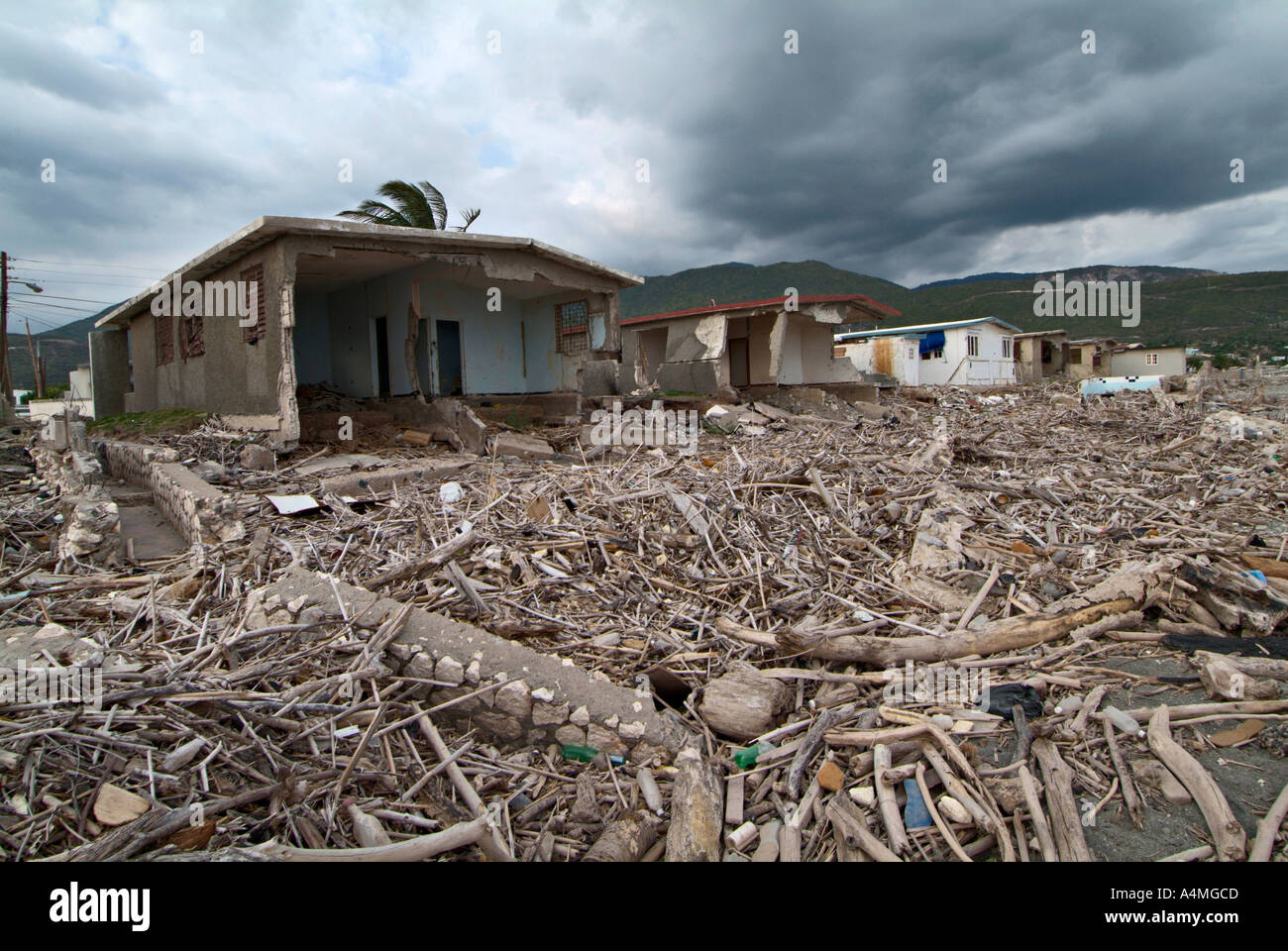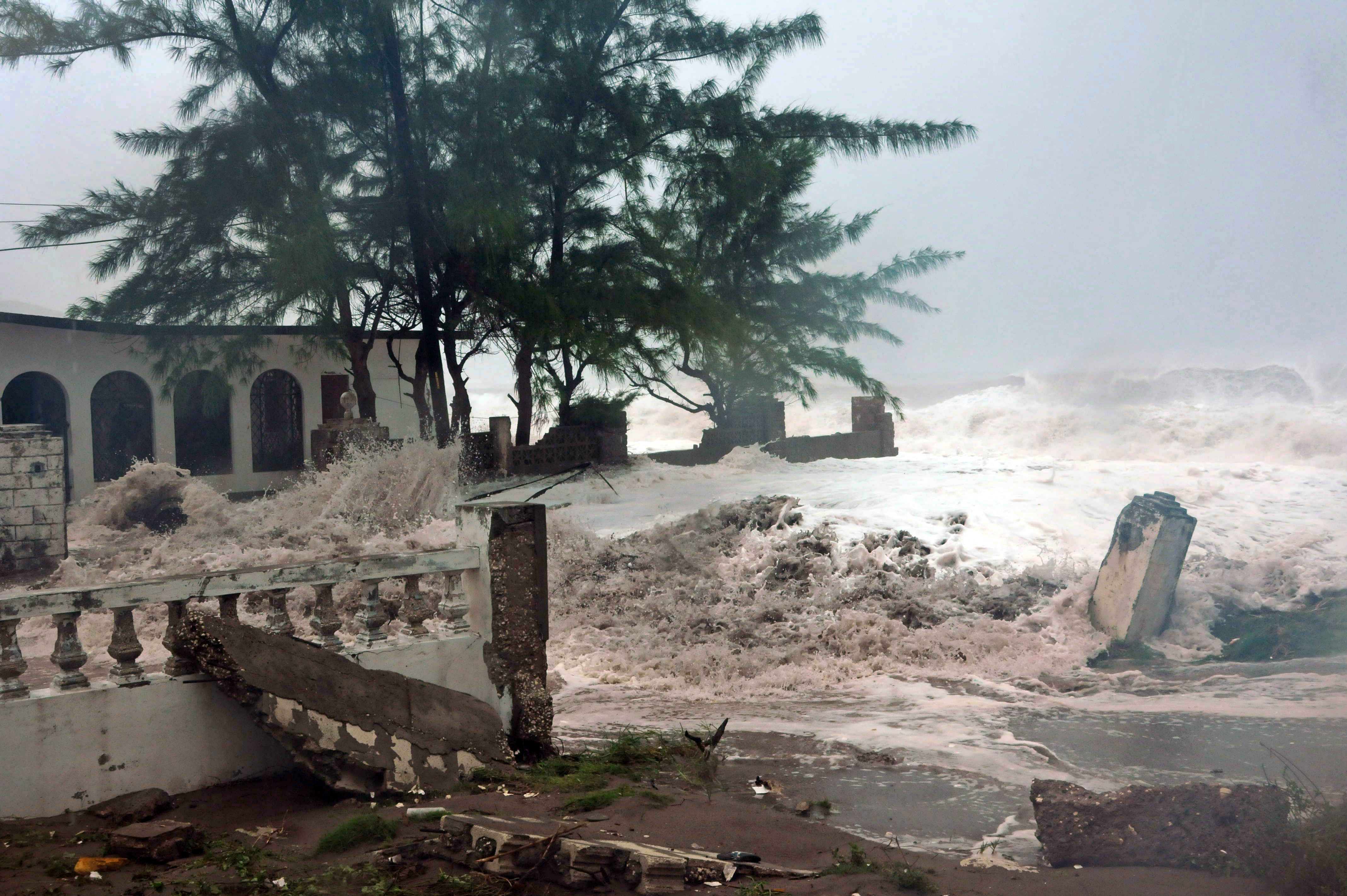Historical Impact of Hurricanes in Jamaica
Jamaica hurricane – Jamaica has a long and devastating history with hurricanes. The island nation has been hit by numerous major hurricanes over the centuries, each leaving a trail of destruction and loss. Some of the most significant hurricanes to impact Jamaica include:
Hurricane Gilbert
- Date: September 12, 1988
- Category: 5
- Damage: Hurricane Gilbert caused widespread damage across Jamaica, destroying homes, businesses, and infrastructure. The hurricane also caused extensive flooding and landslides, leaving many people homeless.
Hurricane Ivan
- Date: September 11, 2004
- Category: 5
- Damage: Hurricane Ivan caused even more damage than Hurricane Gilbert, with winds reaching up to 165 miles per hour. The hurricane destroyed thousands of homes and businesses, and caused widespread flooding and landslides.
Hurricane Dean
- Date: August 19, 2007
- Category: 5
- Damage: Hurricane Dean caused significant damage to Jamaica’s infrastructure, including roads, bridges, and power lines. The hurricane also caused widespread flooding and landslides.
These are just a few of the many hurricanes that have impacted Jamaica over the years. The island nation is particularly vulnerable to hurricanes because of its location in the Caribbean Sea, which is a major hurricane breeding ground. Hurricanes can cause widespread damage and loss of life, and they can have a long-term impact on Jamaica’s economy and infrastructure.
Vulnerability and Risk Assessment for Hurricanes in Jamaica

Jamaica’s geographic location, topography, and socioeconomic conditions make it highly vulnerable to hurricanes. The island is situated in the Atlantic hurricane belt, and its mountainous terrain can lead to flash flooding and landslides during heavy rainfall. Additionally, Jamaica’s population is largely concentrated in coastal areas, which are particularly susceptible to storm surges and flooding.
The most vulnerable areas in Jamaica are those that are low-lying and close to the coast. These areas are at risk of flooding, storm surges, and landslides. The parishes of Kingston, St. Andrew, St. Catherine, and Clarendon are particularly vulnerable due to their high population densities and proximity to the coast.
There are a number of things that can be done to reduce Jamaica’s vulnerability to hurricanes. These include improving infrastructure, implementing early warning systems, and educating the population about hurricane preparedness. Improving infrastructure can help to protect against flooding and landslides, while early warning systems can provide people with the time to evacuate to safety. Educating the population about hurricane preparedness can help to reduce the number of deaths and injuries that occur during hurricanes.
Improving Infrastructure
Improving infrastructure is one of the most important things that can be done to reduce Jamaica’s vulnerability to hurricanes. This includes building seawalls, levees, and other flood control structures. It also includes improving roads and bridges to make it easier for people to evacuate during a hurricane.
Implementing Early Warning Systems, Jamaica hurricane
Early warning systems can provide people with the time to evacuate to safety before a hurricane makes landfall. These systems can be used to track hurricanes and predict their path. They can also be used to issue warnings to people in affected areas.
Educating the Population About Hurricane Preparedness
Educating the population about hurricane preparedness is essential to reducing the number of deaths and injuries that occur during hurricanes. This education should include information on how to prepare for a hurricane, what to do during a hurricane, and how to recover from a hurricane.
Hurricane Preparedness and Response in Jamaica: Jamaica Hurricane

Jamaica has a comprehensive hurricane preparedness and response plan that is implemented by a variety of government agencies and organizations. The plan includes measures to mitigate the impact of hurricanes, such as building codes that require new construction to be able to withstand high winds, and public education campaigns that teach people how to prepare for and respond to hurricanes.
The plan also includes measures to respond to hurricanes, such as the establishment of emergency shelters and the stockpiling of food and water. The plan is regularly updated and tested, and it has been effective in reducing the impact of hurricanes on Jamaica.
Roles and Responsibilities
The Jamaican government has the primary responsibility for hurricane preparedness and response. The Office of Disaster Preparedness and Emergency Management (ODPEM) is the lead agency for coordinating hurricane preparedness and response efforts. ODPEM works with a variety of other government agencies, including the Jamaica Defence Force, the Jamaica Constabulary Force, and the Ministry of Health, to implement the hurricane preparedness and response plan.
Non-governmental organizations also play a role in hurricane preparedness and response in Jamaica. The Red Cross, the Salvation Army, and other organizations provide assistance to victims of hurricanes, including food, water, and shelter.
Effectiveness
Jamaica’s hurricane preparedness and response plan has been effective in reducing the impact of hurricanes on the country. In recent years, there have been no major hurricanes that have caused widespread damage or loss of life in Jamaica.
However, there are still areas where the plan can be improved. For example, the public education campaign could be more effective in reaching people who live in rural areas and who may not be aware of the dangers of hurricanes.
Recommendations
There are a number of ways to strengthen Jamaica’s hurricane preparedness and response capabilities. These include:
- Increasing public awareness of the dangers of hurricanes and how to prepare for and respond to them.
- Improving coordination between government agencies and organizations involved in hurricane preparedness and response.
- Stockpiling more emergency supplies, such as food, water, and medicine.
- Investing in infrastructure that can withstand high winds and flooding.
- Developing a national disaster insurance program to help people recover from the financial costs of hurricanes.
Jamaica’s susceptibility to hurricanes is a constant concern for its residents. To stay informed, many turn to hurricane watch services that provide real-time updates on storm activity. These services are essential for staying prepared and ensuring the safety of communities in the path of potential hurricanes.
Hurricane Beryl recently passed through Jamaica, leaving behind a trail of destruction. However, the latest hurricane beryl forecast indicates that the storm is expected to weaken as it moves away from the island. Residents are advised to remain vigilant and follow the instructions of local authorities as the storm continues to impact the region.